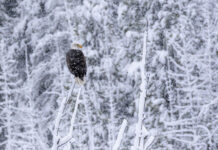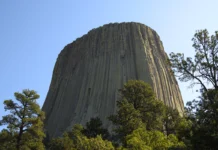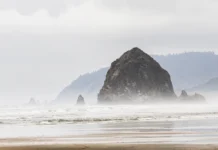| COLORADO |
By: Photojournalist Hawk Buckman
Nestled in Northern Colorado’s Never Summer Mountains, Mount Richthofen—also known as the “Great Chief”—rises to 12,940 ft above sea level in Rocky Mountain National Park. Known for its vivid red-orange sedimentary rock, glacier-carved valleys, and panoramic summit views, the peak combines rugged geology, rich natural beauty, and World War I history (named for the Red Baron) into an unforgettable climb. Perfect for hikers, backpackers, and nature lovers seeking solitude and scenery beyond the typical Colorado trails.
It is situated within the boundaries of Rocky Mountain National Park, specifically in the southwestern part of the park. Mount Richthofen is renowned for its unique geology, scenic beauty, and its association with the famous World War I flying ace, Manfred von Richthofen, also known as the “Red Baron.”
When venturing to this area, it’s essential to recognize that many travelers unknowingly pass by Mount Richthofen on their way to Walden, Colorado, oblivious to the mountain’s significance within the Rocky Mountains and the myriad wonders that await exploration there.
- Elevation: Mount Richthofen stands at an elevation of 12,940 feet (3,944 meters) above sea level. It is one of the highest peaks in the Never Summer Mountains.
- Geology: The mountain showcases distinctive red and orange-colored rock formations, which are primarily composed of sedimentary rocks such as siltstone and shale. These rocks were deposited during the Paleozoic era, around 500 million years ago.
- Never Summer Mountains: Mount Richthofen is part of the Never Summer Mountains range, which is a subrange of the Front Range of the Rocky Mountains. The Never Summer Mountains are characterized by rugged peaks, alpine tundra, and beautiful glacial valleys.
- Rocky Mountain National Park: Mount Richthofen lies within the boundaries of Rocky Mountain National Park, a designated wilderness area that spans over 415 square miles (1,075 square kilometers). The park is known for its diverse ecosystems, alpine meadows, pristine lakes, and abundant wildlife.
- Red Baron Association: Mount Richthofen is named after Manfred von Richthofen, a German fighter pilot who gained fame as the “Red Baron” during World War I. The mountain was named in his honor in the early 20th century. It is important to note that the mountain’s coloration is not related to Manfred von Richthofen’s nickname but rather to the distinctive sedimentary rock formations.
- Outdoor Recreation: Mount Richthofen and the surrounding area offer numerous outdoor recreational activities. Hiking, backpacking, and mountaineering are popular pursuits in the region. There are trails and routes that provide access to the mountain, including the North Inlet Trail and the Thunder Pass Trail.
- Natural Beauty: The summit of Mount Richthofen offers breathtaking panoramic views of the surrounding Never Summer Mountains, Rocky Mountain National Park, and the Colorado wilderness. The area is known for its scenic beauty, with alpine meadows, snow-capped peaks, and pristine lakes dotting the landscape.
When planning a visit to Mount Richthofen, it is advisable to check current trail conditions and obtain any necessary permits from Rocky Mountain National Park authorities. Exploring the area with proper preparation and respect for the environment ensures a safe and enjoyable experience in this majestic part of northern Colorado.
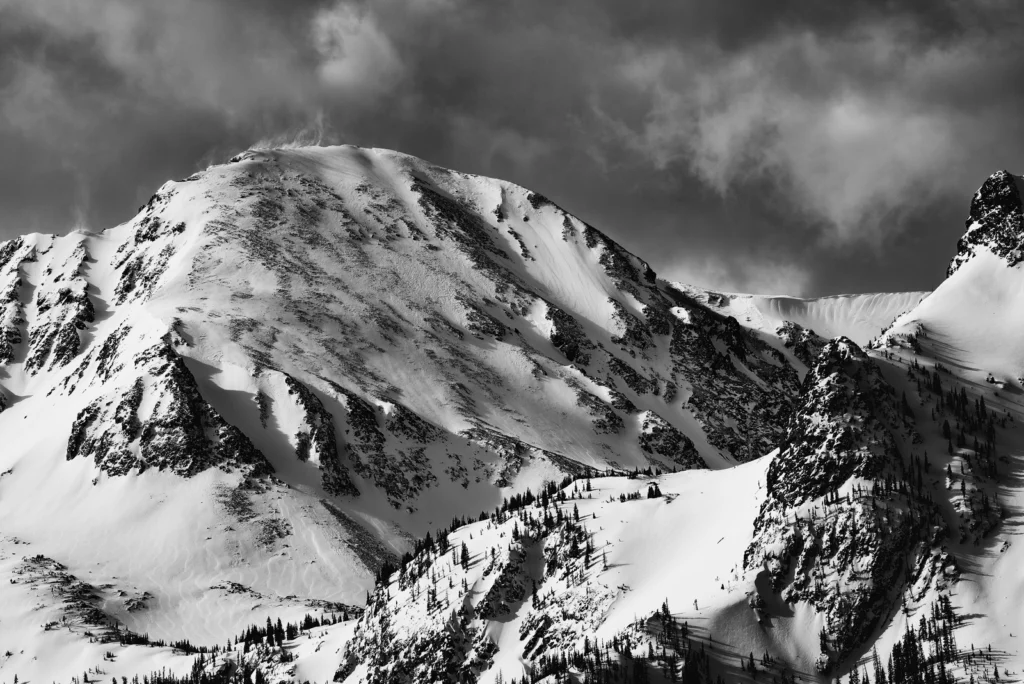
| NEVER SUMMER
The Never Summer Mountains are a prominent mountain range in northern Colorado, United States. They are part of the Front Range of the Rocky Mountains and are situated along the western border of Rocky Mountain National Park. Here’s some information about the Never Summer Mountains:
- Location and Geography: The Never Summer Mountains stretch for about 30 miles (48 kilometers) from north to south. They are located in Grand County and Jackson County in northern Colorado. The range forms a natural barrier between the headwaters of the Colorado River to the east and the North Platte River to the west. The mountains feature rugged peaks, deep valleys, alpine tundra, and beautiful glacial cirques.
- Elevation and Peaks: The Never Summer Mountains have several notable peaks, with their elevations ranging from around 10,000 feet (3,048 meters) to over 12,500 feet (3,810 meters). Some of the prominent peaks in the range include Mount Richthofen (12,940 feet/3,944 meters), Nokhu Crags (12,485 feet/3,806 meters), Mount Cirrus (12,797 feet/3,900 meters), and Mount Mahler (12,497 feet/3,809 meters).
- Geology: The Never Summer Mountains are characterized by unique geology and rock formations. The range consists primarily of volcanic rocks from the Oligocene epoch, which occurred roughly 34 to 23 million years ago. The mountains are composed of lava flows, ash deposits, and volcanic breccias. Glacial activity has also shaped the landscape, leaving behind U-shaped valleys and cirques.
- Flora and Fauna: The Never Summer Mountains are home to a diverse array of plant and animal species. The lower elevations of the range are covered in dense forests of spruce, fir, and pine trees. As you ascend higher, the forests give way to alpine tundra with vibrant wildflowers during the summer months. Wildlife in the area includes elk, mule deer, moose, mountain goats, bighorn sheep, and a variety of bird species.
- Outdoor Recreation: The Never Summer Mountains offer ample opportunities for outdoor recreation. Hiking and backpacking are popular activities, with a network of trails providing access to the range’s peaks, lakes, and valleys. Some notable trails in the area include the North Inlet Trail, the Baker Gulch Trail, and the Bowen-Baker Loop. Visitors can also engage in camping, fishing, wildlife viewing, and photography in this scenic mountainous region.
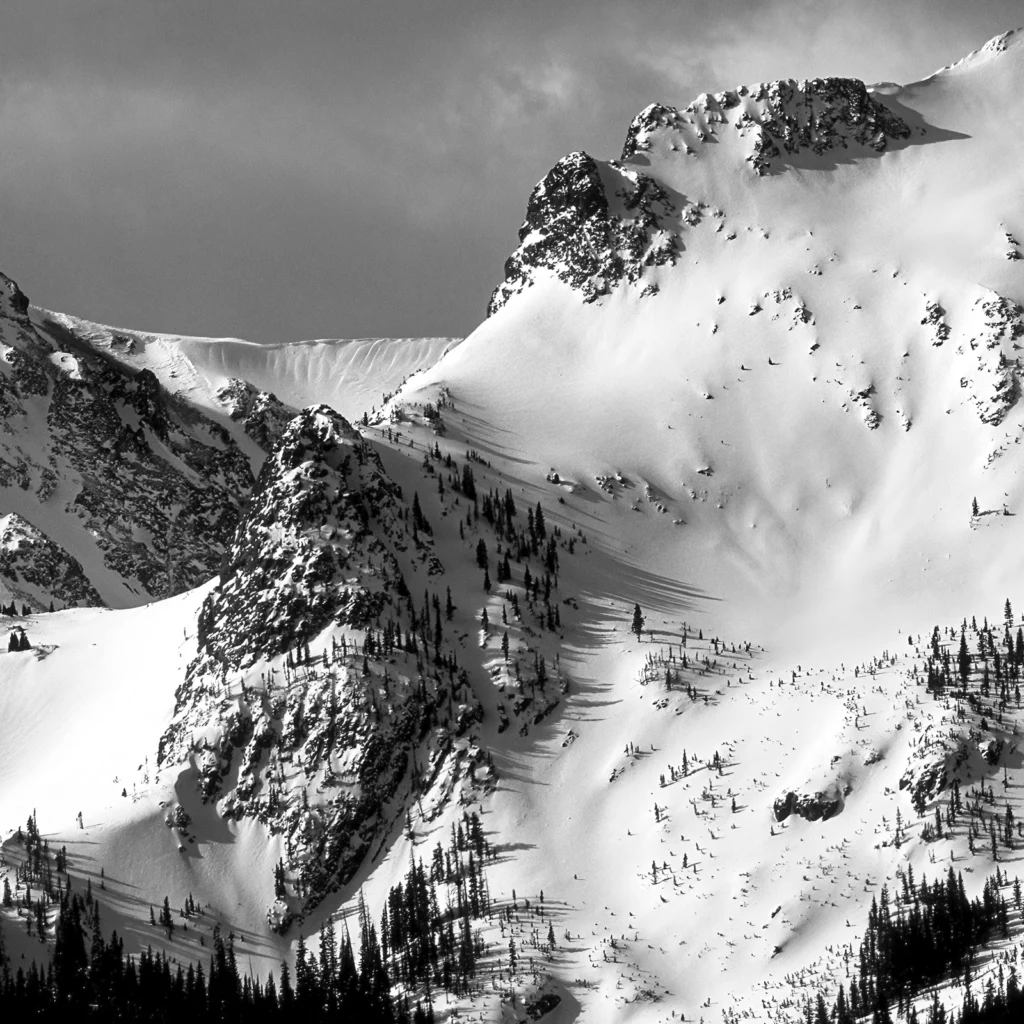
The Never Summer Mountains are a picturesque destination for outdoor enthusiasts and nature lovers. Whether you’re seeking challenging hikes, stunning alpine vistas, or a chance to immerse yourself in Colorado’s natural beauty, this mountain range has much to offer.
| MORE INFORMATION
State of Colorado
National Parks Service
Colorado Fish and Wildlife




